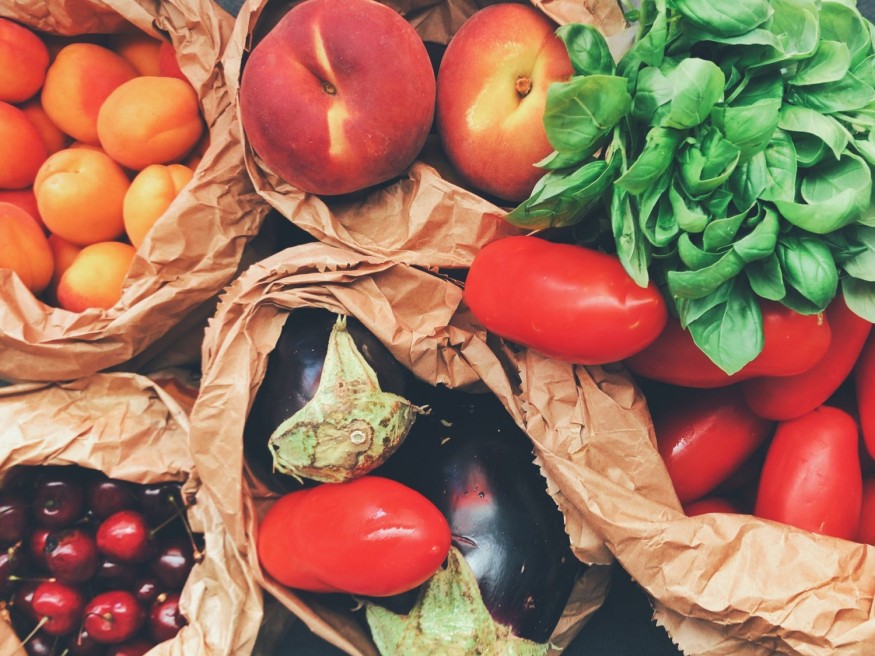
On regular days, the United States wastes about 63 million tons of food annually. According to food loss experts, in this trying times of coronavirus pandemic where panic buying and restaurant closures are common, such a figure is expected to inflate. Initiatives and suggestions to cut food waste and address food insecurity in the U.S. need to be highlighted.
Food waste at home
Households are the most significant sources of food waste in America. These wastes are from produce wilts, milk spoils, and leftovers stored in the fridge until they are tossed. Recently, the anxious costumers who have been hoarding food may realize that there is no way that they can eat everything that they bought, Frank Franciosi, of the U.S. Composting Council said.
"People are cooking from home, and tonnages of food scraps from single-family homes and apartments are up", Robert Reed of Recology, the company that handles the city's discards said.
Waste at restaurants, where Americans spend most of their money, is plummeting as eateries are shut down. Soon, however, take-out only models may likely shift this situation.
Food waste at the farm
Even before COVID-19, many food products are wasted at the farms as growers leave as much as half their crops in the fields largely because their products do not pass quality standards that the market sets. As the lockdown continued and U.S. immigration policy has limited visas for workers entering the country, producers fear that more crops will go unharvested.
As markets for goods such as restaurants, schools, and other food-related establishments are shutdown, outlets for highly perishable products like leafy vegetables are drastically narrowed down, worsening the supply problem.
According to Ben Feldman of the Farmers Market Coalition, sales outlets for farm products were planned by farmers months ago when they planted. When markets are closed, and farmers could not find alternative sales outlets, the produce will rot in the field.
How to prevent food wastage in these challenging times
For foods stored at home, cooks must learn to store produce to lengthen its shelf life and have more time to use it. Freezing, for example, is an effective strategy to reduce waste. There is also a need to understand labels on food before tossing it to the bin, Dana Gunders, executive director of ReFED, which works with businesses, non-profits, and governments to reduce food waste and loss suggested.
Restaurants may shift to take-out meals. Other restaurants have reinvented themselves, albeit temporarily, as a grocery store, selling of herbs to oil and avocados. Other restaurants opted to give food away to workers or the public. Philadelphia's Oyster House, for example, gave away all its oysters before closing down.
Several restaurants like Herbfarm in Washington repurposed its kitchen boxed three-course meals for medical workers. In New York City, a non-profit organization, Rethink is providing $40,000 grants to 30 restaurants to pay staff, create take-out meals from other restaurant's surplus ingredients and offer it to the public for a $3 donation.
Food Insecurity and Bottlenecks
Before the outbreak, excess food from supermarkets and restaurants are channeled to food banks to feed people in most need while keeping food from rotting. However, since the outbreak, groceries donations are dropping as consumers are hoarding supplies. Meanwhile, food security is on the rise as people are losing their jobs.
An amount of $450 M was allocated in the recent stimulus package for the U.S. Department of Agriculture to purchase and help in the distribution of food to food banks, thus addressing the issue.
Another problem is the shortage of volunteers for food banks. The volunteers are mostly the elderly and are told to stay at home to avoid getting COVID-19, leaving a void on the workforce. Since gathering of people is discouraged, agencies are now delivering meals to shelters, maximizing the help of laid-off workers, taxi drivers, and DoorDash and National Guard soldiers to assemble food boxes, load trucks, and deliver aid.
Opportunity in times of crisis
Online apps are on the rise to address this. In Kansas City, FeedKC.us, an online app lets restaurants and catering companies list their offerings, then connects them to drivers to deliver the goods to food banks in need. It is also happening in the Bay Area, New York City, Chicago, Seattle, Boston, Los Angeles, Austin, and Dallas and Pittsburgh using various online apps.
As weeks of quarantine drag on, consumers are getting less conscious about the food; there is less hoarding as many become familiar with online platforms. Online consumers also order groceries two to three days in advance, allowing online retailers to order more precisely in advance, thereby reducing wastage.
However, this is in the future, but the thing is quickly changing, Gunder said.
© 2025 NatureWorldNews.com All rights reserved. Do not reproduce without permission.





